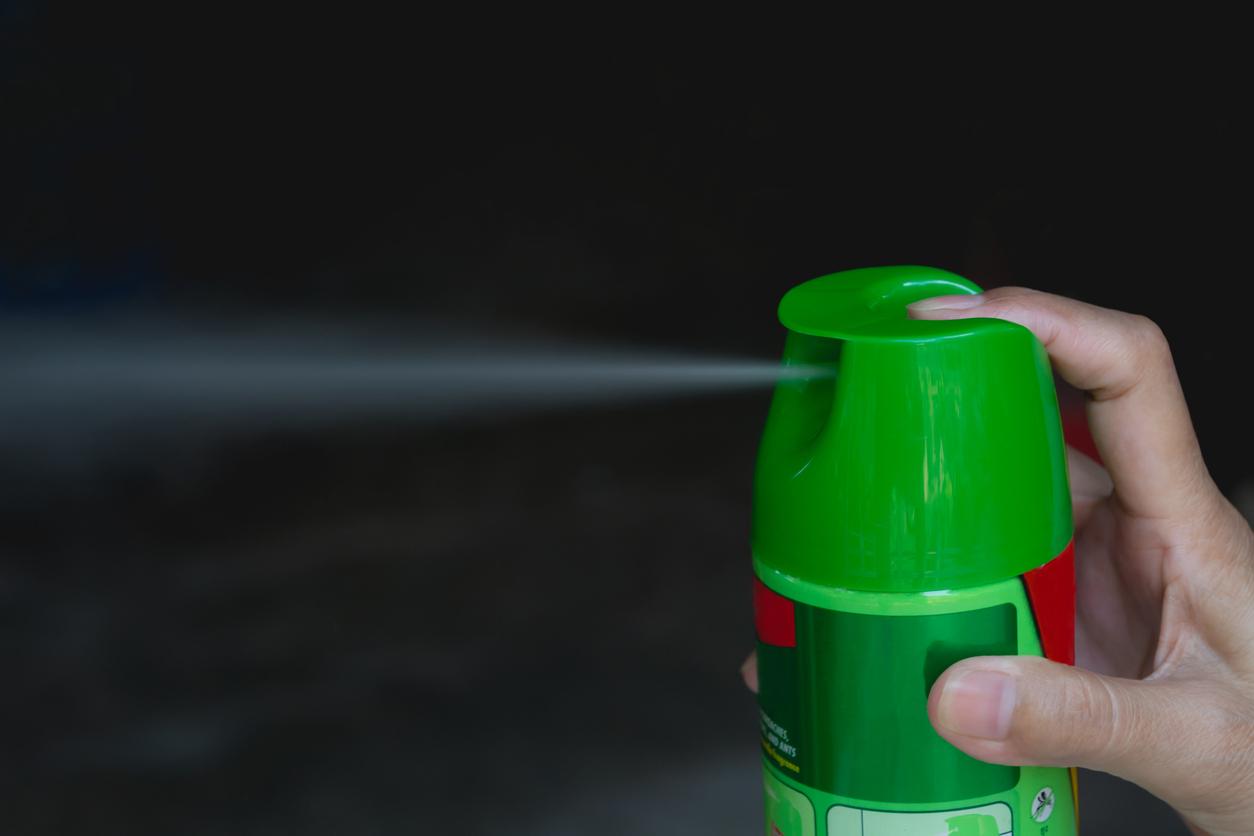
September 28, 2007 – On the eve of Breast Cancer Awareness Month, the Canadian Cancer Society announces that it no longer recommends breast self-examination as a screening method1.
This change in message comes after fifteen years of awareness programs encouraging women to perform breast self-exams once a month. The new position of the Canadian Cancer Society mirrors that already adopted last year by the World Health Organization (WHO) and the Society of Obstetricians and Gynecologists of Canada.
The results of studies published to date indicate that regular breast self-exams do not save lives. It is also associated with a high rate of false positives. This technique can also create a false sense of security in women, causing them to overlook the real tools that are effective in screening for breast cancer: physical examination and mammography.
“Breast self-examination is not necessarily easy to perform and the high number of false positive results often results in unnecessary biopsies which generate anxiety for women,” says Dr.D Johanne Blais, professor in the Department of Family Medicine at the Faculty of Medicine at Laval University.
The Canadian Cancer Society still encourages women to feel their breasts for any abnormal changes. However, it is not necessary to observe a technique and a specific time to do it, she says.
Give priority to clinical examination and mammography
It is estimated that the self-examination can flush out a quarter of cancerous masses. The clinical examination performed by a health professional would reveal 42% to 83% of tumors, and mammography would detect about 85%. By combining these two methods, the proportion of cancers detected would increase to 90%. The Canadian Cancer Society is therefore adjusting the focus. She emphasizes the importance of physical examination and mammography as a means of screening for breast cancer.
The Quebec government offers a screening program that allows women aged 50 to 69 to have a mammogram every two years. The service is free provided it is provided in one of the screening centers designated by the Ministry of Health. Suzanne Dubois, Executive Director of the Canadian Cancer Society, Quebec Division, deplores that only 51% of Quebec women eligible for this program take advantage of it.
And what should women under 50 do? Health professionals can advise them on the best screening strategy to adopt, says Dr.D Johanne Blais. “Speak with your doctor during your routine pelvic exam,” she says. Have them do a physical exam of your breasts and assess your risk factor. “
Pierre Lefrançois – PasseportSanté.net
According to CP and The duty.
Respond to this news on our Blog.
1. Canadian Cancer Society, Quebec Division. Canadian Cancer Society Confirms Role of Mammography as a Reliable Method for Detecting Breast Cancer and Provides Update on Breast Self-Examination, CSC News Release, Canada, 2007.















